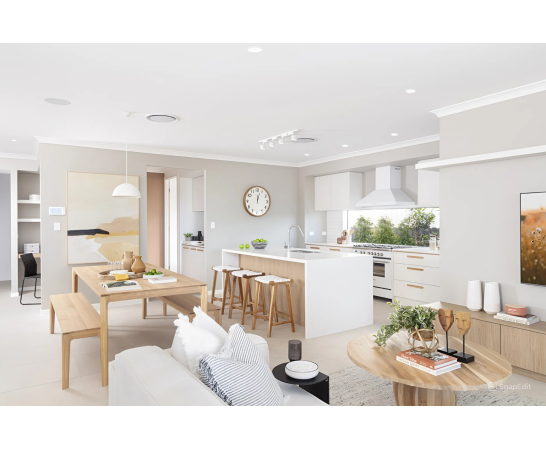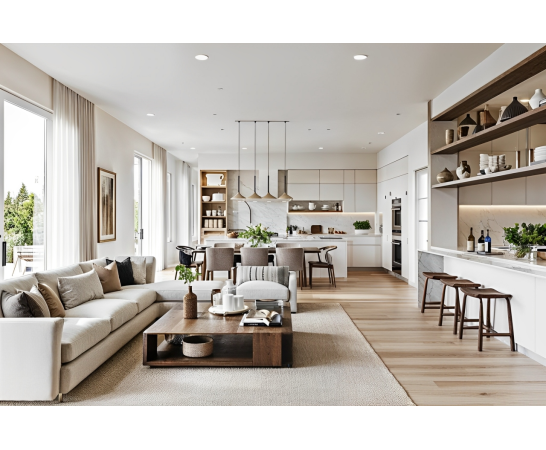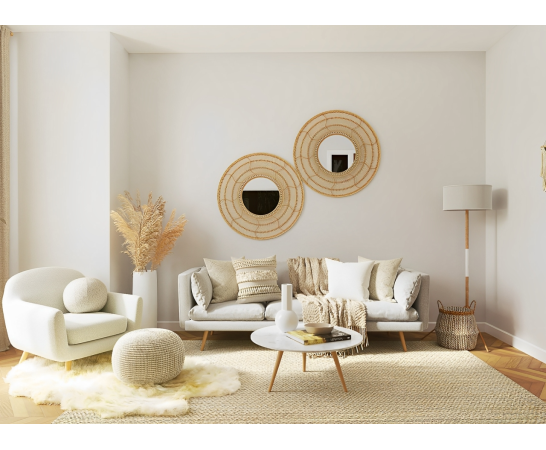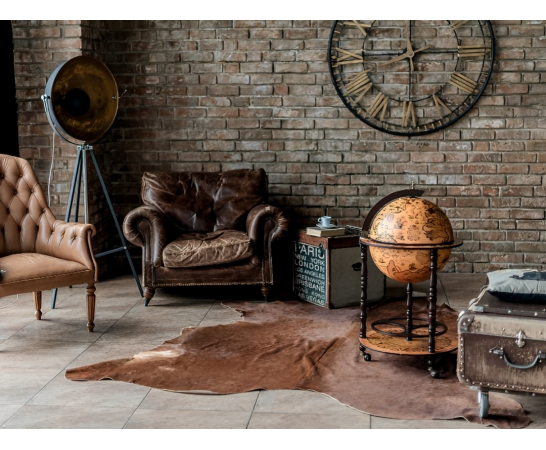Residential interior design is more than colors and furniture. The interplay of textures and patterns brings depth, personality, and warmth, making your home more inviting and aesthetically pleasing. Understanding how to mix and match these elements is key to creating a balanced and cohesive interior.
Textures add both visual and tactile interest:
Tactile Textures: Physical textures you can touch, like soft velvet, rough brick, or smooth glass.
Visual Textures: Illusions of texture created by patterns or images, such as wallpaper mimicking wood grain or stone.
Correctly incorporated textures add layers to a room, making it dynamic—for example, pairing a velvet sofa with a rustic wooden table creates a striking contrast.


Patterns introduce rhythm and movement in interiors. Types include:
Balance bold patterns with neutral elements to avoid overwhelming your space.
Start with a Base: Neutral tones like white, beige, or grey act as a blank canvas.
Layer Different Textures:
Use Patterns Strategically: In small spaces, pick one dominant pattern and complement it with subtle ones.


Stick to complementary colors for a cohesive and harmonious look.
Wood, stone, and linen pair well with patterns and textures, adding warmth and timeless elegance.
Contrasting finishes like matte walls with glossy tiles or brass accents create visual intrigue.
Designers help balance textures, patterns, and colors while ensuring spatial planning and cohesion, especially for larger projects in Pune.
Textures and patterns are essential for adding character to your home. Whether updating one room or your entire home, mastering these design elements elevates interiors. Consulting a professional residential interior designer in Pune ensures a stylish, cohesive, and functional outcome.